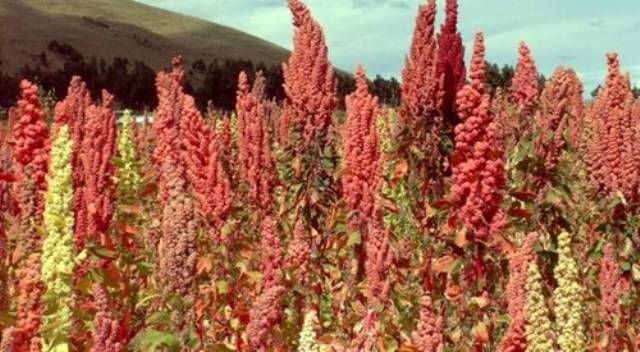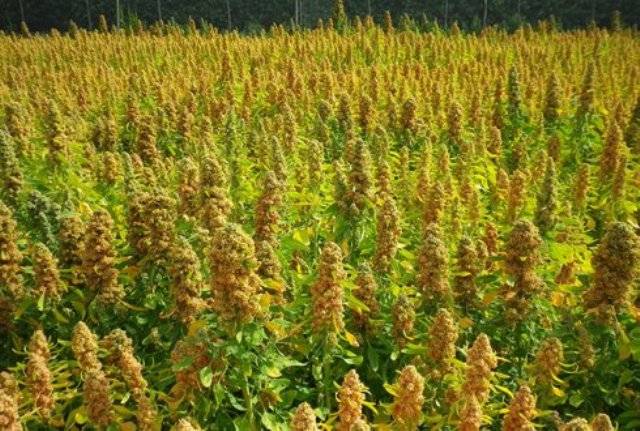
Pronounced as ‘keen-wa’ quinoa, an amazing cereal is a great wheat-free alternative to starchy grains. It contains about 65 grams of carbohydrate in 100 grams of grain. There are two types: red and creamy white. It is grown in South America (Peru, Chile and Bolivia) for thousands of years. Quinoa is the staple diet of the Incas and their descendants. In recent years, foodies have heralded it as a superior alternative to bulgur wheat, couscous and rice. Quinoa is actually a seed from the same family as beets, chard and spinach.
The UN named 2013 ‘International Quinoa Year’ in recognition of the crop’s high nutrient content. With twice the protein content of rice or barley, quinoa is also a very good source of calcium, magnesium and manganese. It also contributes useful levels of several B vitamins, vitamin E and dietary fibre. Cooked quinoa seeds become fluffy and creamy, yet maintains a slight crunch. It has a delicate and subtly nutty flavour, versatile for breakfast (as a cereal), lunch (as a salad) or dinner (as a side).Quinoa is among the least allergenic of all the 'grains', making it a fantastic wheat-free choice. Quinoa has an excellent amino acid profile, as it contains all nine essential amino acids making it a complete protein source.

Quinoa is therefore an excellent choice for vegans. Quinoa is nutritious for children, as it provides protein and carbohydrate, and stabilizes amino acid content in their body. Compared to other grains, quinoa contains more protein, fibres, manganese, riboflavin, carbohydrate, sodium and energy. Besides, lack of gluten also makes quinoa a better choice. As it contains low fat, bad cholesterol level is reduced, which in turn protects our heart.
Quinoa is high in anti-inflammatory phytonutrients, which make it potentially beneficial for human health in the prevention and treatment of disease. Quinoa contains small amounts of the heart healthy omega-3 fatty acids. As a complete protein, quinoa contains all nine essential amino acids – including the elusive lysine and isoleucine acids, which most other grains lack. Naturally high in dietary fibre, quinoa is a slowly digested carbohydrate, making it a good low-GI option.

Quinoa does not require as much water as other crops like paddy would do. Compared to paddy and wheat, quinoa plant need only 1/5 water.So, the plant can survive severe drought and unstable climate. Quinoa can be cultivated during both summer and monsoon seasons.Normally, quinoa is not affected by pest.















